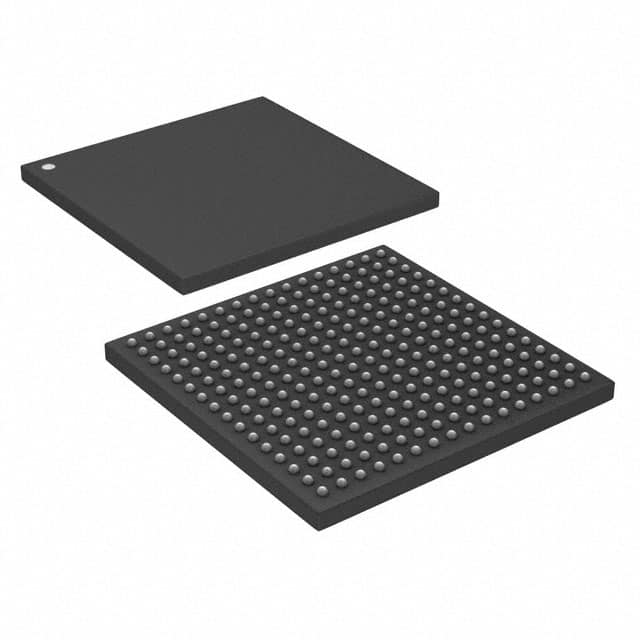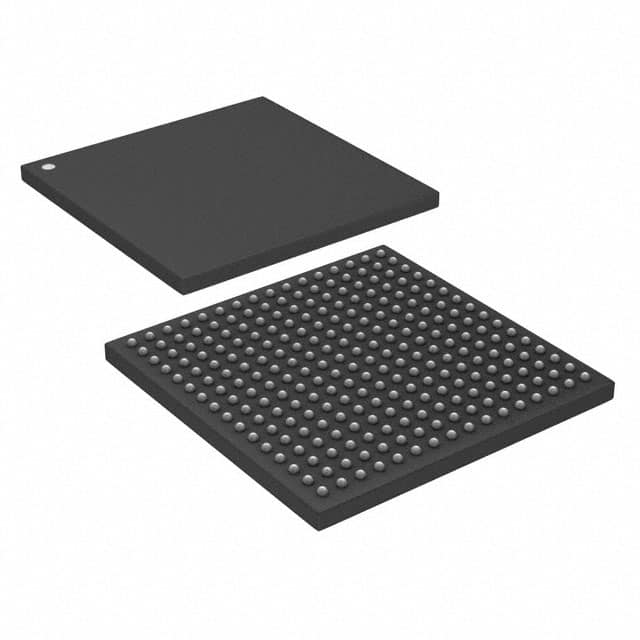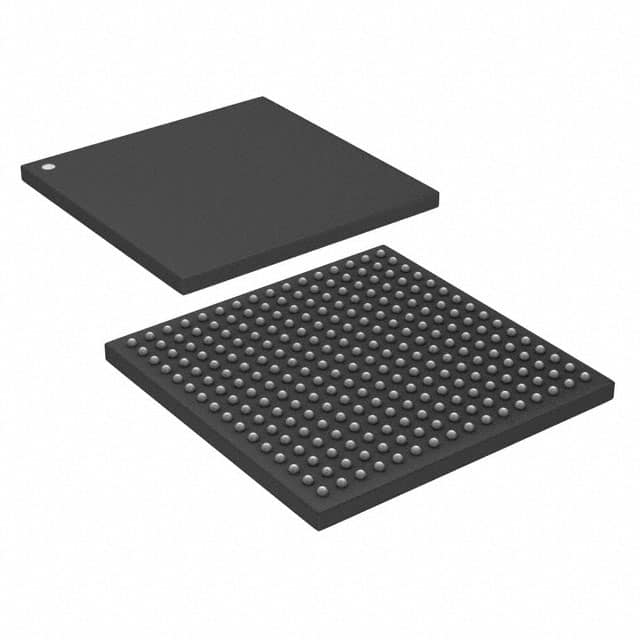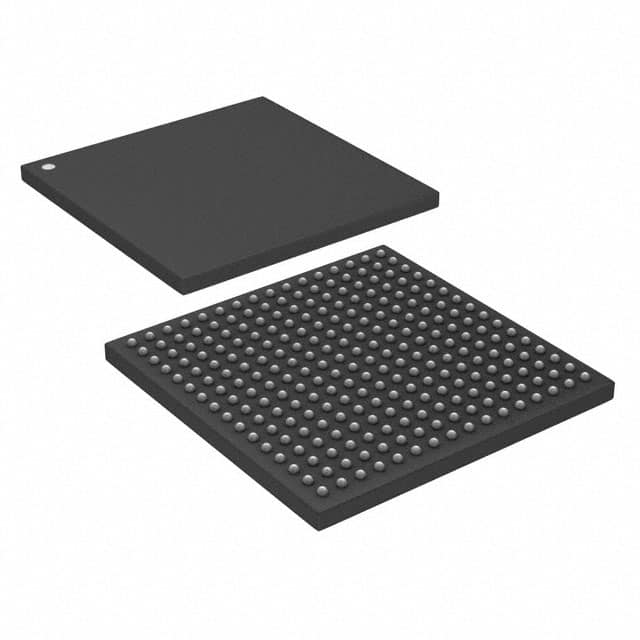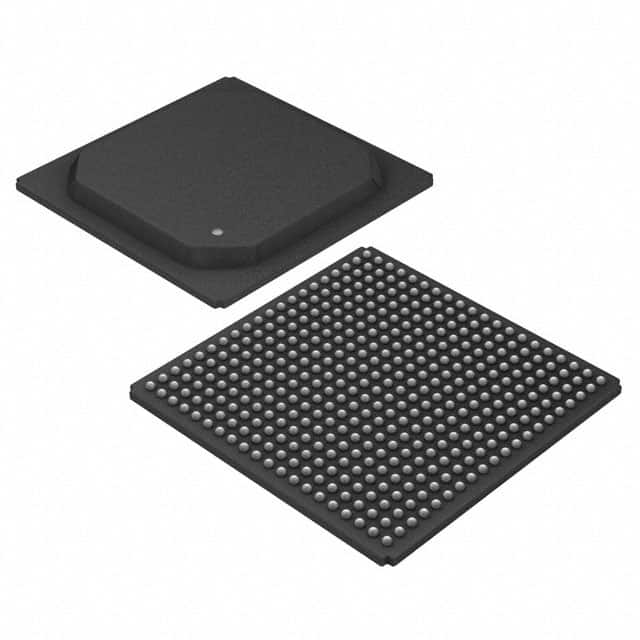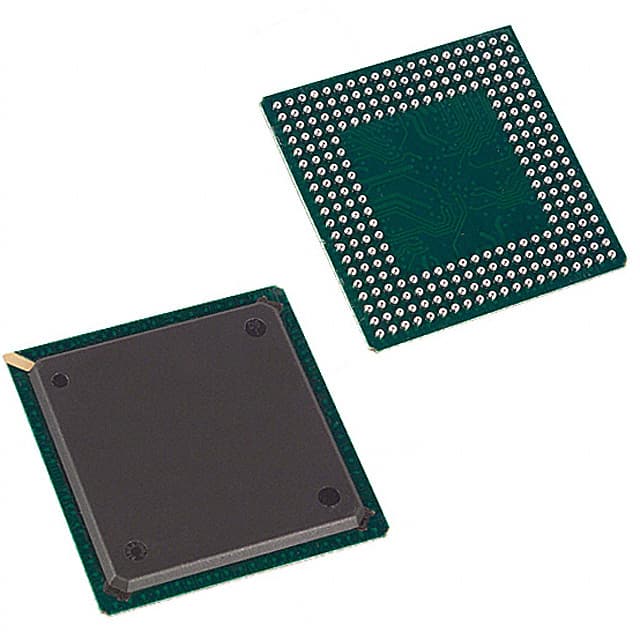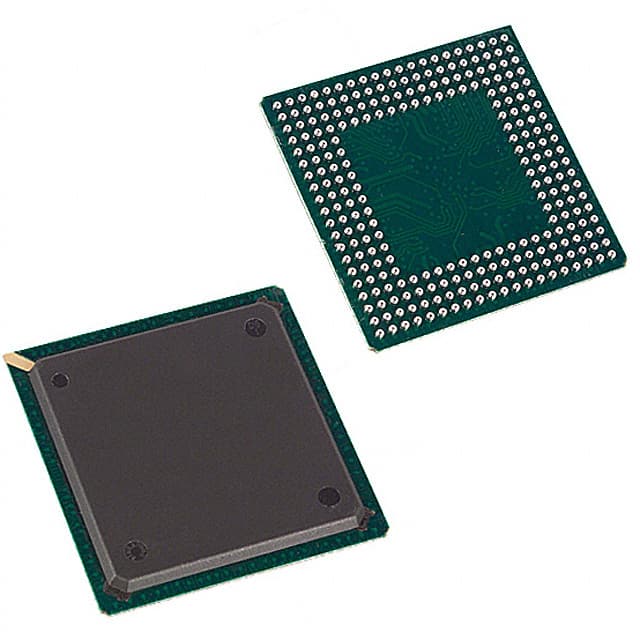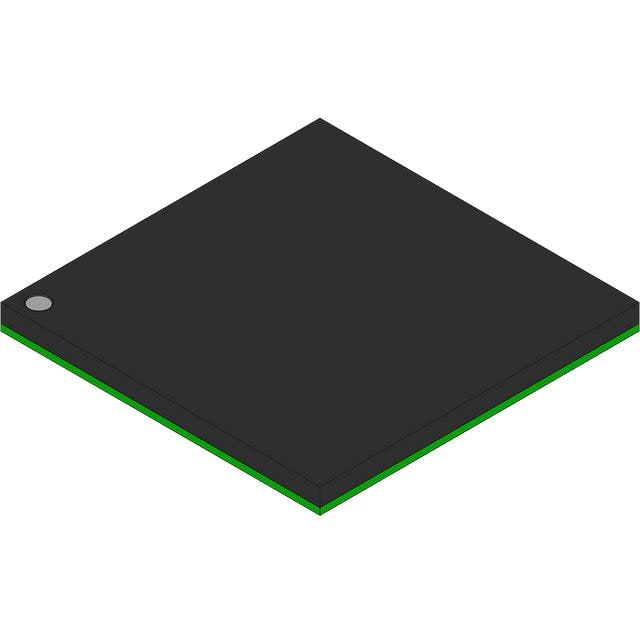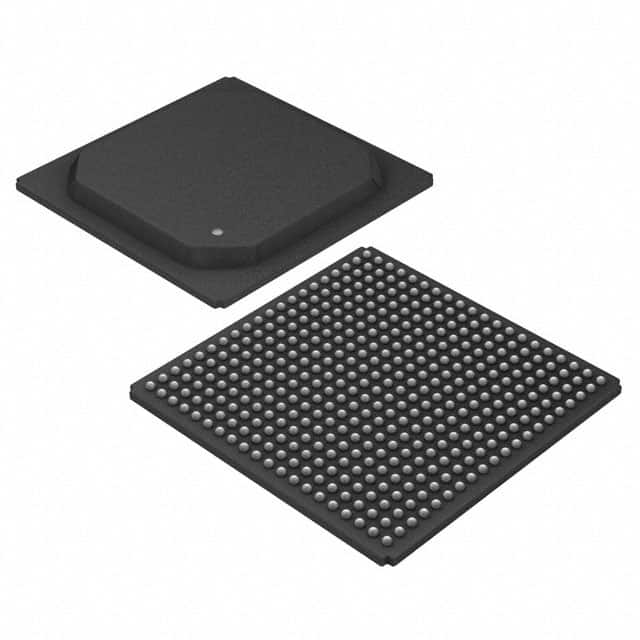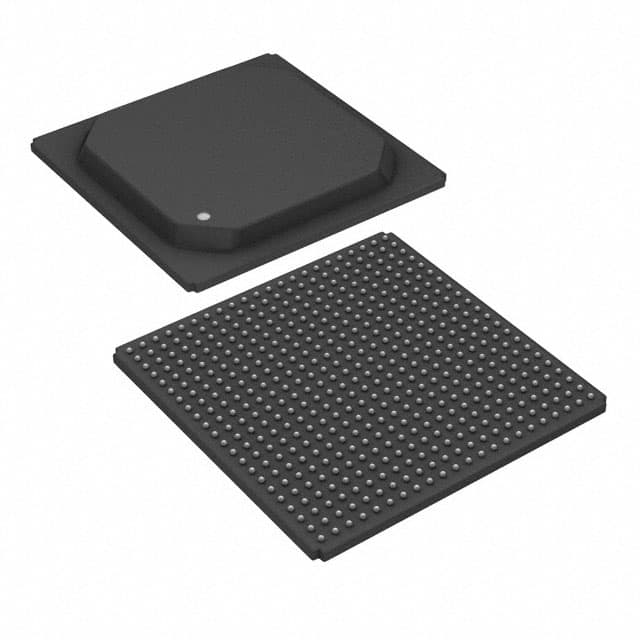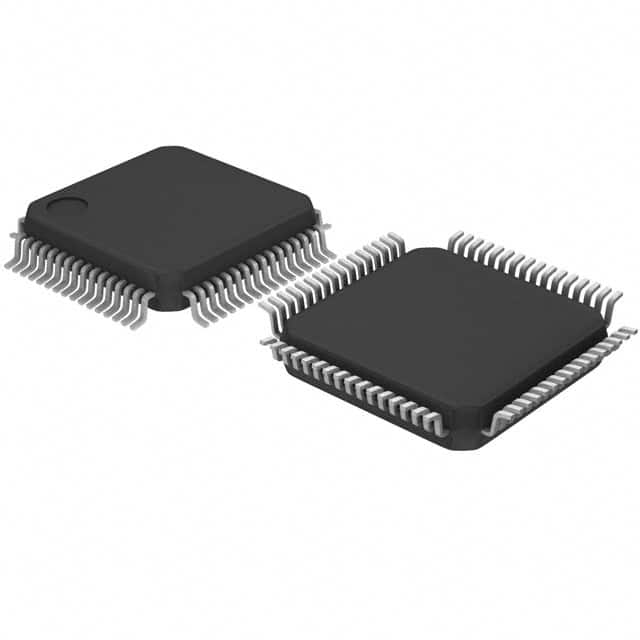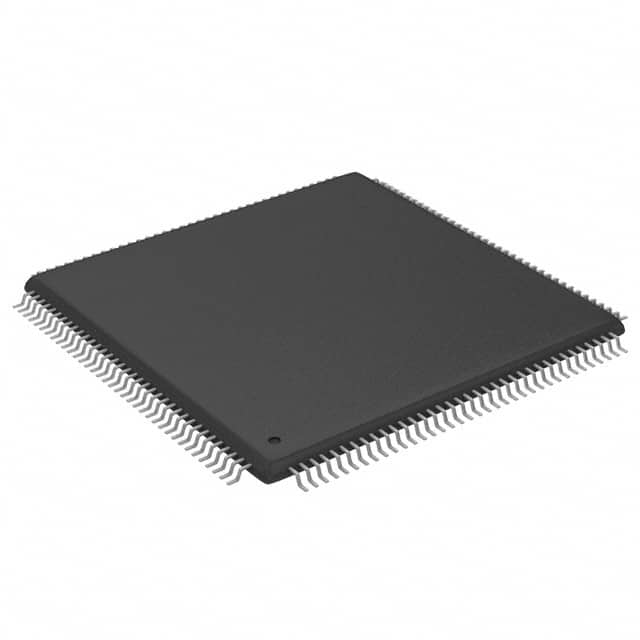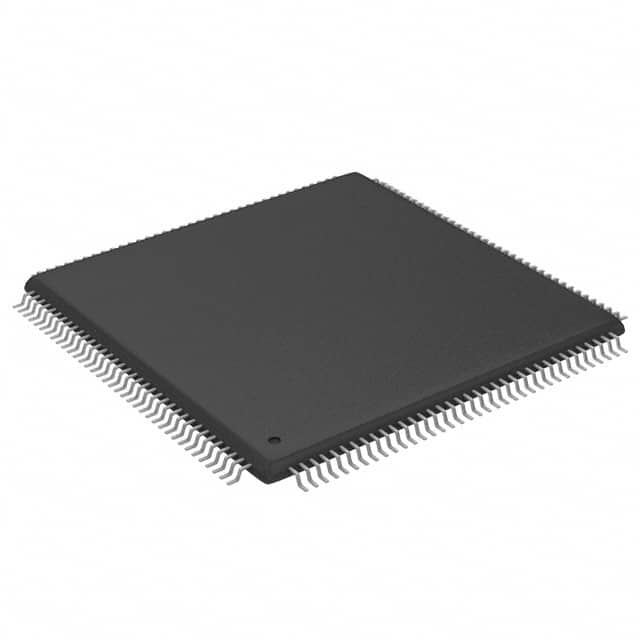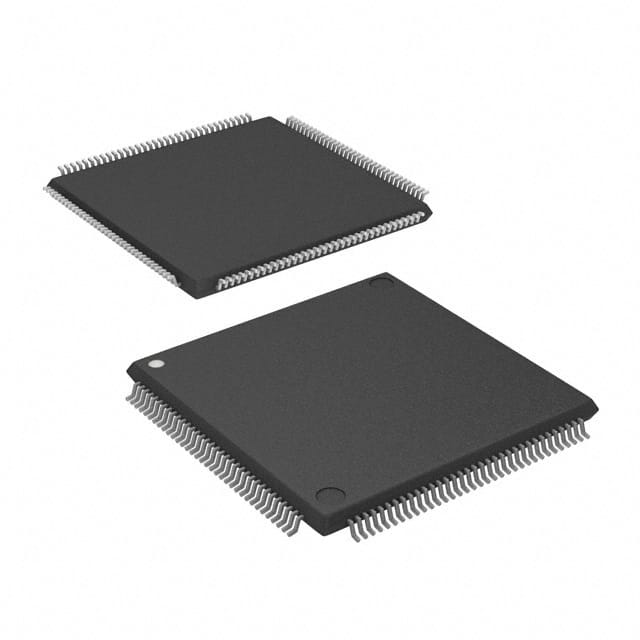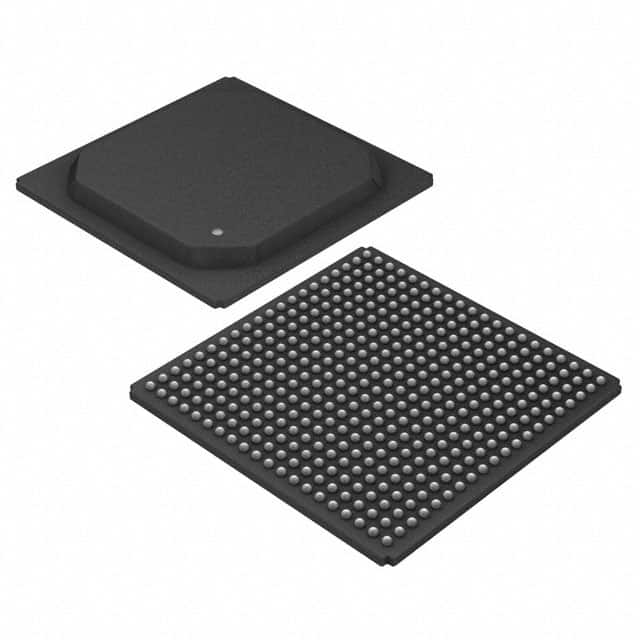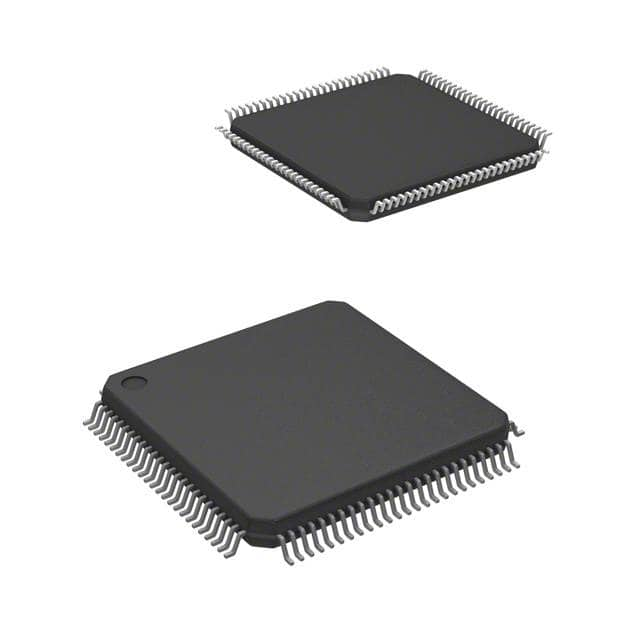DS26334GA3+ Product Introduction:
Maxim Integrated Part Number DS26334GA3+(Interface - Telecom), developed and manufactured by Maxim Integrated, distributed globally by Jinftry. We distribute various electronic components from world-renowned brands and provide one-stop services, making us a trusted global electronic component distributor.
DS26334GA3+ is one of the part numbers distributed by Jinftry, and you can learn about its specifications/configurations, package/case, Datasheet, and other information here. Electronic components are affected by supply and demand, and prices fluctuate frequently. If you have a demand, please do not hesitate to send us an RFQ or email us immediately sales@jinftry.com Please inquire about the real-time unit price, Data Code, Lead time, payment terms, and any other information you would like to know. We will do our best to provide you with a quotation and reply as soon as possible.
Introducing the Maxim Integrated DS26334GA3+, a cutting-edge integrated circuit designed to revolutionize the world of electronic devices. This advanced product boasts a range of impressive features that make it a game-changer in the industry.
The DS26334GA3+ is equipped with high-performance analog-to-digital converters (ADCs) that deliver exceptional accuracy and precision. With a resolution of up to 16 bits, this IC ensures that every detail of the input signal is captured with utmost clarity. Additionally, its low power consumption and high-speed conversion capabilities make it ideal for a wide range of applications.
One of the key features of the DS26334GA3+ is its versatile interface options. It supports both parallel and serial interfaces, providing flexibility and compatibility with various systems. This makes it an excellent choice for integration into a wide range of electronic devices, including industrial automation systems, medical equipment, and communication devices.
Furthermore, the DS26334GA3+ offers advanced signal processing capabilities, including digital filtering and decimation. This enables users to extract valuable information from the input signal, enhancing the overall performance and functionality of their systems.
In summary, the Maxim Integrated DS26334GA3+ is a state-of-the-art integrated circuit that combines high-performance ADCs, versatile interface options, and advanced signal processing capabilities. With its exceptional accuracy, low power consumption, and compatibility with various applications, this product is set to revolutionize the electronic device industry.
Interface - Telecom is an integrated circuit specifically designed to achieve signal conversion and protocol adaptation between different devices in communication networks. This type of interface typically integrates multiple communication standards and interface protocols, such as PSTN (Public Switched Telephone Network), ISDN (Integrated Services Digital Network), DSL (Digital User Line), GPON (Gigabit Passive Optical Network), etc., to facilitate seamless data transmission in complex telecommunications environments. The design principle of telecommunications interface chips is based on the understanding and implementation of telecommunications network protocol stacks. Through built-in hardware logic, they achieve functions such as signal encoding, decoding, synchronization, and error detection. Its characteristics include high reliability, low latency, wide compatibility, and adaptability to harsh environments, making it a key component in building modern communication infrastructure.
Application
Interface - Telecom plays a core role in the communication industry and is widely used in fixed and mobile communication networks, including but not limited to telephone switches, base stations, routers, modems, gateways, optical network units (ONUs), cable modem head end systems (CMTS), and other equipment. In these applications, the telecommunications interface is responsible for processing the conversion between analog and digital signals, supporting the transmission of various services such as voice, data, and video. In addition, with the development of the Internet of Things (IoT), 5G technology and edge computing, telecommunications interfaces are increasingly integrated into smart grids, smart cities, telemedicine, autonomous vehicles and industrial automation systems to provide stable, high-speed data connections and promote real-time information sharing and processing.
FAQ about Interface - Telecom
-
1. What is a Telecom Interface?
Telecom interfaces are physical and logical interfaces used to transmit voice, data, and multimedia signals, and are commonly used in telephone systems, broadband Internet, mobile communications, and other telecommunications infrastructures. Common interface types include RJ11, RJ45, fiber optic and coaxial cable interfaces.
-
2. What is the difference between RJ11 and RJ45?
RJ11 is an interface used for telephone lines, usually with 4 to 6 pins, to transmit voice signals. While RJ45 is an Ethernet interface with 8 pins and is usually used for connections between network devices such as routers, switches and computers.
-
3. How are fiber optic interfaces used in telecommunication networks?
Fiber optic interfaces are used for high-speed, long-distance data transmission, and are especially suited for backbone networks and data centers in telecommunications infrastructures. Fiber optic transmission has higher bandwidth and lower signal loss compared to copper wires, making it suitable for high bandwidth and high stability telecom applications.
 Lead free / RoHS Compliant
Lead free / RoHS Compliant



